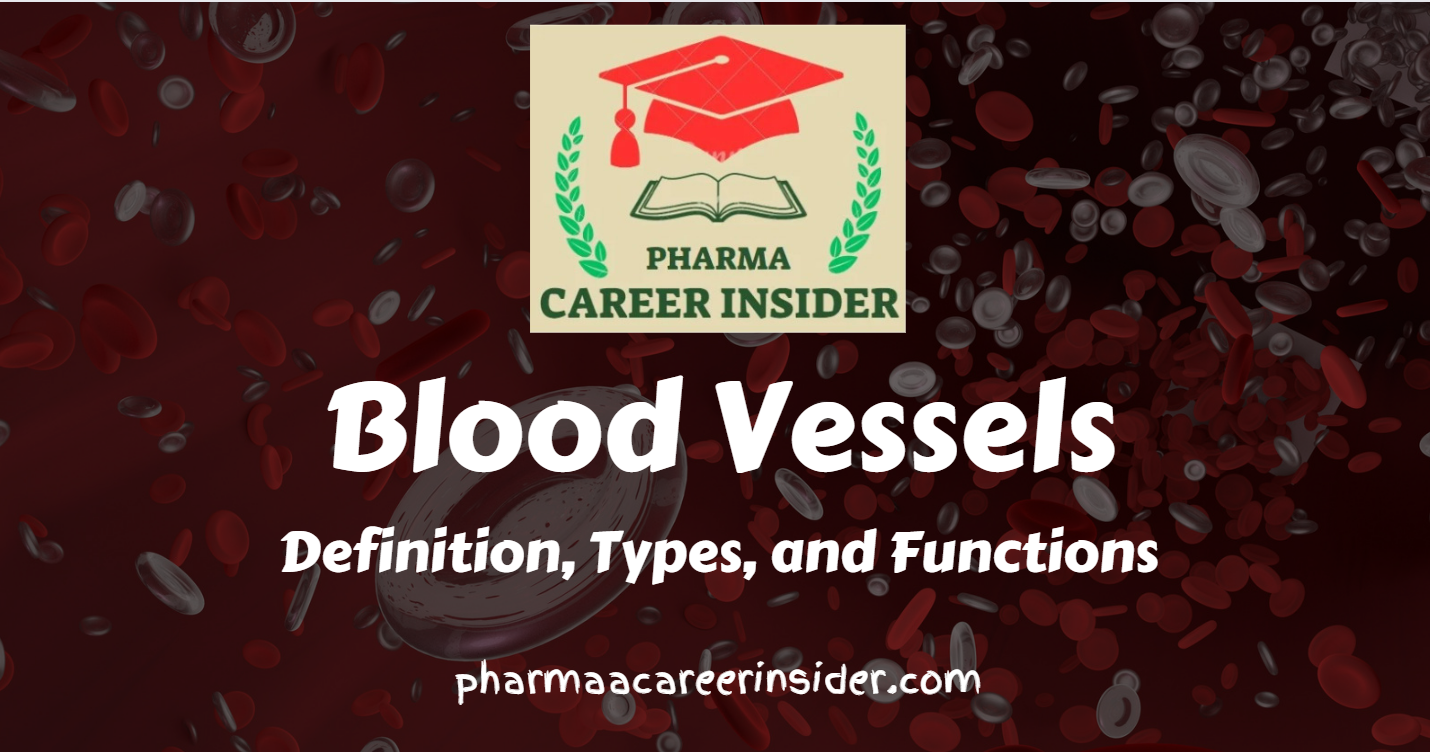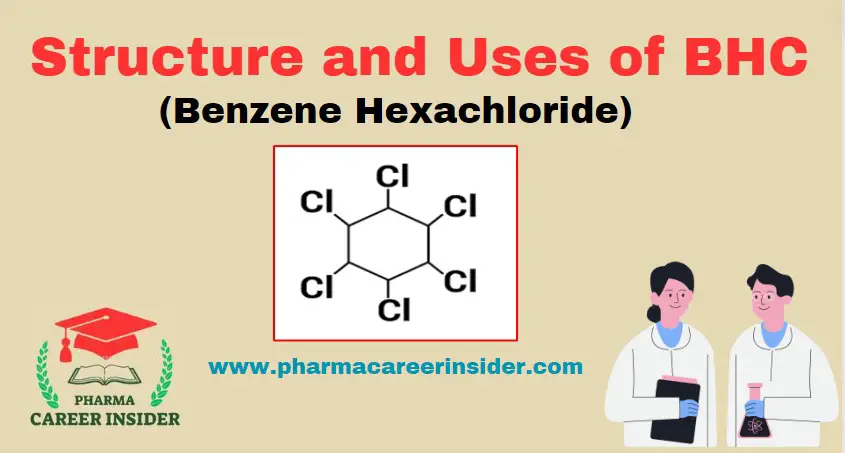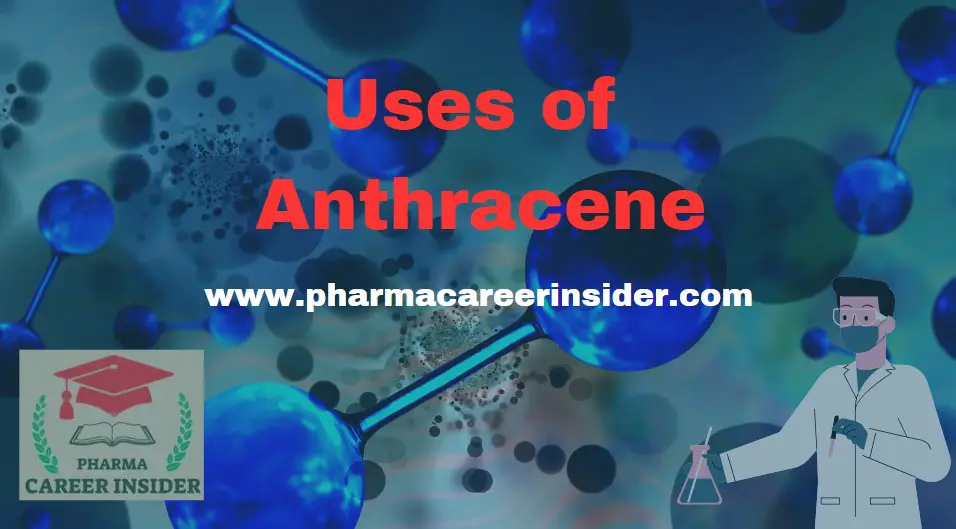Blood vessels are a vital circulatory system component responsible for transporting blood throughout the body. They form a vast network of structures, from large arteries and veins to the smallest capillaries. Here is a comprehensive note on blood vessels, their types, functions, and significance in the circulatory system:
Types of Blood Vessels
1. Arteries:
– Arteries are thick-walled, muscular vessels that carry oxygenated blood away from the heart to various parts of the body.
– The largest artery is the aorta, which delivers oxygenated blood from the left ventricle to the systemic circulation.
– Arteries branch into smaller arterioles and eventually into capillaries.
2. Arterioles:
– Arterioles are smaller branches of arteries.
– They play a crucial role in regulating blood flow and blood pressure by constricting or dilating in response to signals such as neural or hormonal.
3. Capillaries:
– Capillaries are the smallest and thinnest blood vessels in the body.
– They connect arterioles to venules and enable the exchange of oxygen, nutrients, and waste products between the bloodstream and body tissues.
– Capillary walls are just one cell layer thick, allowing for efficient diffusion of substances.
4. Venules:
– Venules are small vessels that collect deoxygenated blood from capillaries and transport it to veins.
– They are the counterparts to arterioles in the venous system.
5. Veins:
The Veins constitute a network of blood vessels responsible for conveying deoxygenated blood from the body’s tissues back to the heart.
Veins typically possess thinner walls and less muscle mass compared to arteries.
The largest vein is the inferior vena cava, which collects blood from the lower part of the body and returns it to the heart’s right atrium.
Structure and Functions of Arteries, Veins, and Capillaries
Arteries, veins, and capillaries are the three main types of blood vessels in the circulatory system. Each type has unique structural features and functions that contribute to the efficient blood circulation throughout the body. Here’s a detailed explanation of the structure and functions of each:
Arteries
Structure:
1. Wall Structure: Arteries have thick, muscular walls with three layers. The innermost layer is the endothelium, followed by a thick layer of smooth muscle and connective tissue and an outer layer of connective tissue.
2. Elasticity: Arteries are highly elastic, allowing them to stretch and accommodate the surge of blood pumped by the heart during systole. This elasticity helps maintain blood pressure.
3. Pulse: Arteries have a strong pulse, which is the rhythmic expansion and contraction caused by the surge of blood when the heart beats.
Functions
1. Carry Oxygenated Blood: Arteries carry oxygen-rich blood away from the heart and distribute it to various body parts.
2. Maintain Blood Pressure: Their elastic walls help maintain steady blood pressure by expanding during systole and contracting during diastole.
3. Control Blood Flow: The muscular walls of arteries can constrict or dilate to regulate blood flow to specific organs and tissues.
4. Serve as Resistance Vessels: Arterioles, the smallest arteries, are essential in regulating blood flow by changing their diameter, thus affecting peripheral resistance.
Veins
Structure:
1. Wall Structure: Veins have thinner walls than arteries. They have the same three layers but less smooth muscle and elastic tissue.
2. Valves: Many veins have one-way valves that prevent the backflow of blood. These valves are particularly prevalent in the limbs, assisting with the return of blood to the heart against gravity.
3. Low Pressure: Veins operate at a lower pressure than arteries due to their thinner walls.
Functions
1. Return Deoxygenated Blood: Veins collect deoxygenated blood from the body’s tissues and return it to the heart, completing the circulatory cycle.
2. Blood Reservoir: Veins, especially in the liver and spleen, can store and release blood when needed to maintain blood volume and pressure.
3. Assist in Skeletal Muscle Pump: Valves in the limbs help promote venous return. When leg muscles contract, they push blood against gravity, and the valves prevent backflow.
4. Transport Waste Products: Veins carry metabolic waste products from tissues to the organs of excretion (e.g., carbon dioxide to the lungs and urea to the kidneys).
Capillaries
Structure:
1. Microscopic: Capillaries are the smallest and thinnest blood vessels, with a single layer of endothelial cells forming their walls.
2. Extensive Network: They form an extensive network throughout the body, providing close contact between blood and surrounding tissues.
Functions
1. Gas and Nutrient Exchange: Capillaries are the sites of gas exchange (oxygen and carbon dioxide) and nutrient exchange (glucose, amino acids, etc.) between the blood and surrounding cells.
2. Waste Removal: They also facilitate the removal of waste products (carbon dioxide, metabolic byproducts) from tissues to the bloodstream.
3. Blood-Brain Barrier: In the brain, specialized capillaries form the blood-brain barrier, a selective barrier that tightly regulates the passage of substances between the blood and the brain tissue.




